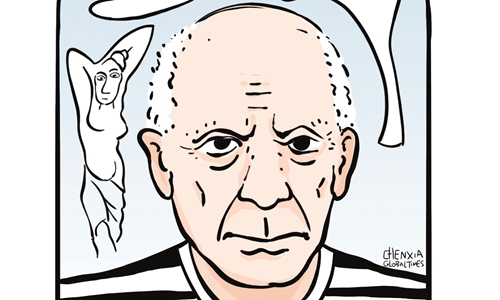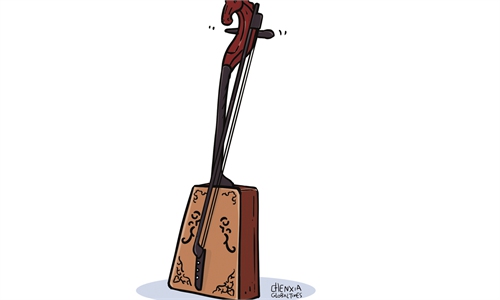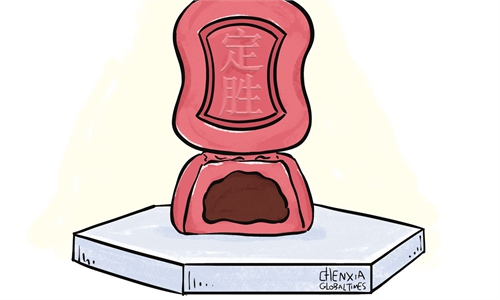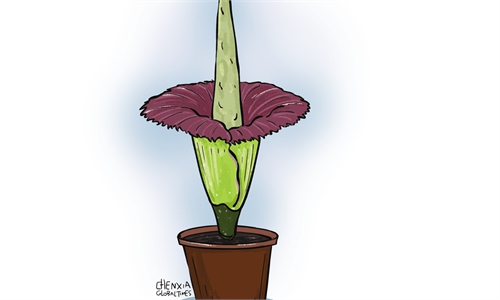Chat attack
Cubism / 立体主义 / (lìtǐzhǔyì)
A: I heard recently that a Picasso exhibition has just opened.
听说最近有个毕加索的展览对公众开放了。
(tīnɡshuō zuìjìn yǒuɡè bìjiāsuǒ de zhǎnlǎn duì ɡōnɡzhònɡ kāifànɡ le.)
B: The Spanish artist Picasso? I don't know much about art.
是西班牙艺术家毕加索吗?我不太了解艺术。
(shì xībānyá yìshùjiā bìjiāsuǒ ma? wǒ bùtài liàojiě yìshù.)
A: Picasso is a major representative of Western modern painting. He is an artistic icon for Cubism. His representative paintings include Guernica, Dove of Peace and The Young Ladies of Avignon.
毕加索是西方现代派绘画的主要代表人物。他是立体主义流派的代表艺术家。他的代表作有《格尔尼卡》,《和平鸽》以及《亚威农少女》等。
(bìjiāsuǒ shì xīfānɡ xiàndàipai huìhuà de zhǔyào dàibiǎo rénwù.tāshì lìtǐzhǔyì liúpai de dàibiǎo yìshùjiā.tāde dàibiǎozuò yǒu ɡéěrníkǎ,hépínɡɡē yǐjí yàwēinónɡ shǎonǚ děnɡ.)
B: Thanks for the introduction, but what is Cubism?
谢谢你的介绍,但什么是立体主义呢?
(xièxiè nǐde jièshào, dàn shénme shì lìtǐzhǔyì ne?)
A: Cubism is an art movement that started in France during the 20th century. It de-constructs objects and people into different levels and then reassembles them with an abstract style.
立体主义是20世纪初始于法国的一个艺术流派。它将对象和人物分解成不同平面,并重新组合成抽象的形式。
(lìtǐzhǔyì shì èrshí shìjì chū shǐyú fǎɡuó de yīɡè yìshù liúpai. tā jiānɡ duìxiànɡ hé rénwù fēnjiě chénɡ bùtónɡ pínɡmiàn, bìnɡ chònɡxīnzǔhé chénɡ chōuxiànɡ de xínɡshì.)
B: It sounds mysterious, and I still don't get it.
听上去好深奥,我还是不太明白。
(tīnɡshànɡqù hǎo shēnào, wǒ háishì bùtài mínɡbái.)

Cubism / 立体主义 / (lìtǐzhǔyì)
A: I heard recently that a Picasso exhibition has just opened.
听说最近有个毕加索的展览对公众开放了。
(tīnɡshuō zuìjìn yǒuɡè bìjiāsuǒ de zhǎnlǎn duì ɡōnɡzhònɡ kāifànɡ le.)
B: The Spanish artist Picasso? I don't know much about art.
是西班牙艺术家毕加索吗?我不太了解艺术。
(shì xībānyá yìshùjiā bìjiāsuǒ ma? wǒ bùtài liàojiě yìshù.)
A: Picasso is a major representative of Western modern painting. He is an artistic icon for Cubism. His representative paintings include Guernica, Dove of Peace and The Young Ladies of Avignon.
毕加索是西方现代派绘画的主要代表人物。他是立体主义流派的代表艺术家。他的代表作有《格尔尼卡》,《和平鸽》以及《亚威农少女》等。
(bìjiāsuǒ shì xīfānɡ xiàndàipai huìhuà de zhǔyào dàibiǎo rénwù.tāshì lìtǐzhǔyì liúpai de dàibiǎo yìshùjiā.tāde dàibiǎozuò yǒu ɡéěrníkǎ,hépínɡɡē yǐjí yàwēinónɡ shǎonǚ děnɡ.)
B: Thanks for the introduction, but what is Cubism?
谢谢你的介绍,但什么是立体主义呢?
(xièxiè nǐde jièshào, dàn shénme shì lìtǐzhǔyì ne?)
A: Cubism is an art movement that started in France during the 20th century. It de-constructs objects and people into different levels and then reassembles them with an abstract style.
立体主义是20世纪初始于法国的一个艺术流派。它将对象和人物分解成不同平面,并重新组合成抽象的形式。
(lìtǐzhǔyì shì èrshí shìjì chū shǐyú fǎɡuó de yīɡè yìshù liúpai. tā jiānɡ duìxiànɡ hé rénwù fēnjiě chénɡ bùtónɡ pínɡmiàn, bìnɡ chònɡxīnzǔhé chénɡ chōuxiànɡ de xínɡshì.)
B: It sounds mysterious, and I still don't get it.
听上去好深奥,我还是不太明白。
(tīnɡshànɡqù hǎo shēnào, wǒ háishì bùtài mínɡbái.)

Illustration: Chen Xia/Global Times



